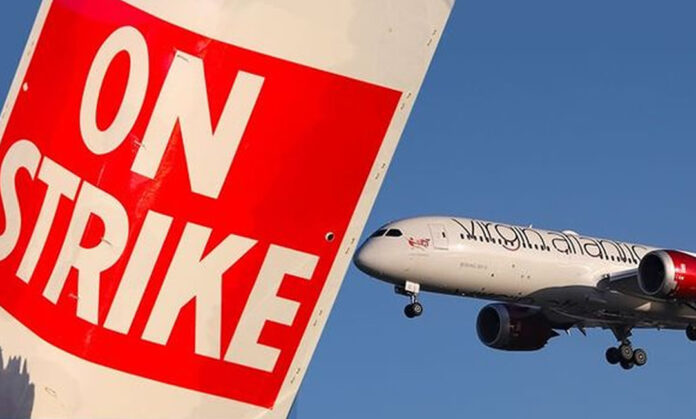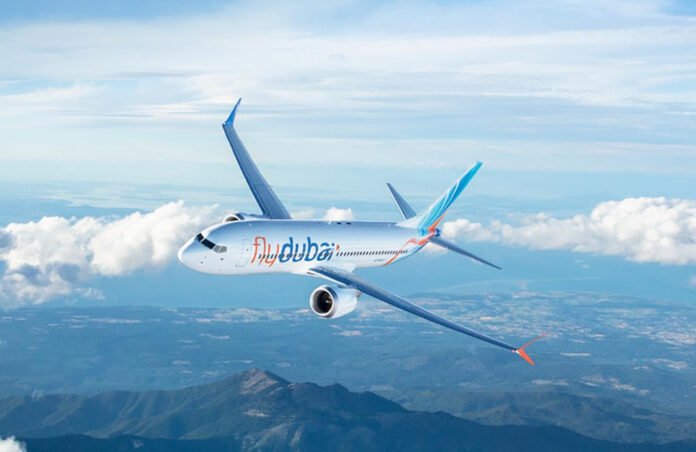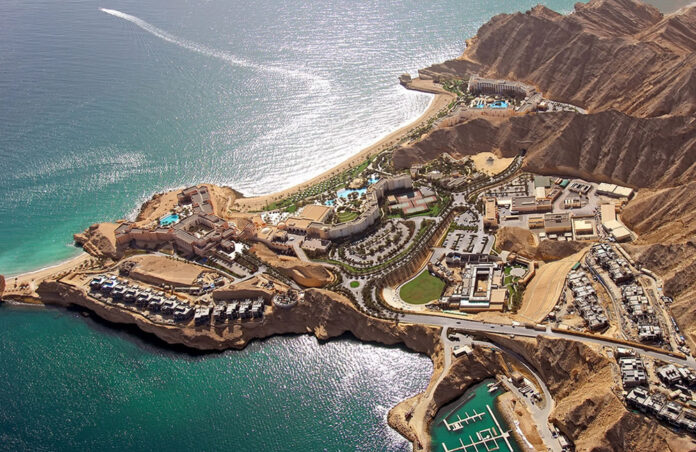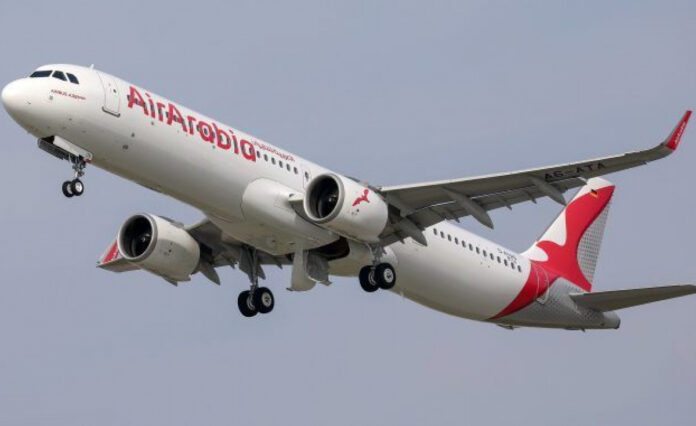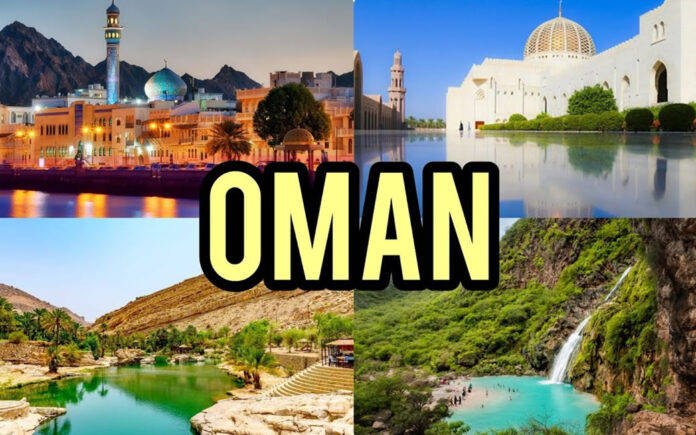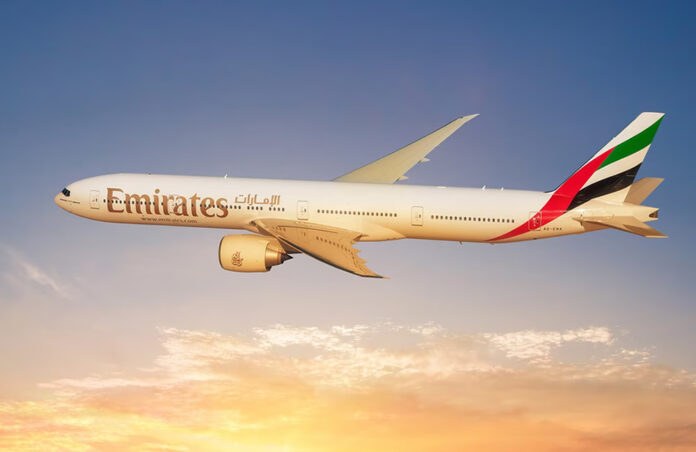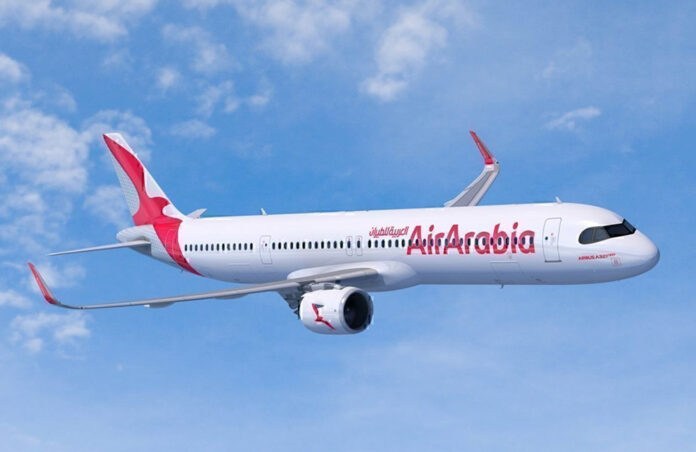Richard Branson, Virgin Atlantic’s major share holder, has written to pilots expressing his sadness at the possibility of strikes at the airline.
In an open letter published in The Times, Sir Richard wrote to his airline’s pilots saying he was “extremely sad” about the threat of strike action and urged Balpa to arrange talks with Virgin Atlantic management.
Sir Richard also said he would be prepared to have a private meeting with Virgin Atlantic pilots to answer questions about the future. In the letter Sir Richard has said: “I have looked at the details of your offer and believe it is fair. From the company’s point of view possibly a little too fair.”
“It is one of the best in the industry, along with many other commitments that offer real value to you.”
The pilots’ union, Balpa, has voted overwhelmingly for strike action at Virgin Atlantic in protest at a 4% pay rise, followed by three per cent for 2012 and 2013, this follows a number of a number of pay freezes. Balpa’s general secretary Jim McAuslan last week urged Sir Richard to become personally involved.
Mr Branson went on to say, “Unless Balpa withdraws its threat very soon, it will leave an indelible scar on the company, impact customers’ trust in us and damage the unique and friendly culture at Virgin Atlantic…It will affect jobs and it will make it very difficult for the company to afford the current offer on the table.”
Sir Richard also said “I was obviously extremely sad to see threats of strike action in the press as these negative comments will have already damaged the reputation of our airline and the trust our customers place in us – which we rely on so heavily. They have also played into the hands of our larger rivals.”
He continued in his letter to Virgin Atlantic pilots, “Your union asked me to get involved and I’ve looked at all the facts and believe that our management have made the best offer it can.
“Our chief operating officer, Steve Griffiths, is ready to meet with Balpa and your committee again and I appeal to you to insist that they do so as soon as possible.
“Your union representative also publicly asked to meet with me personally. I believe that would only cause more publicity which would further damage the airline and I am not best placed to deal with the details of the negotiation.
“However, I would be happy to have a private meeting with as many pilots that are available to answer your questions about the future of the airline. I will have a member of my team get in touch regarding potential times.”
Union leaders at Balpa would have to give Virgin Atlantic at least 7 days notice of any industrial action.
